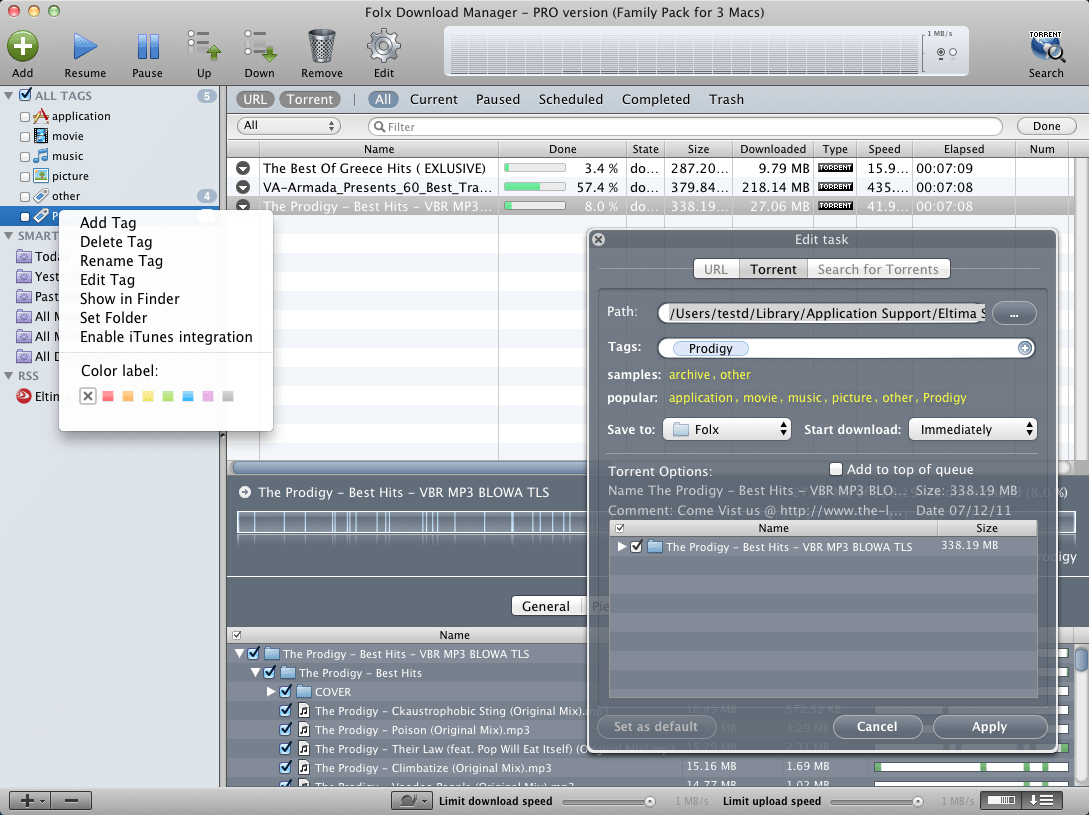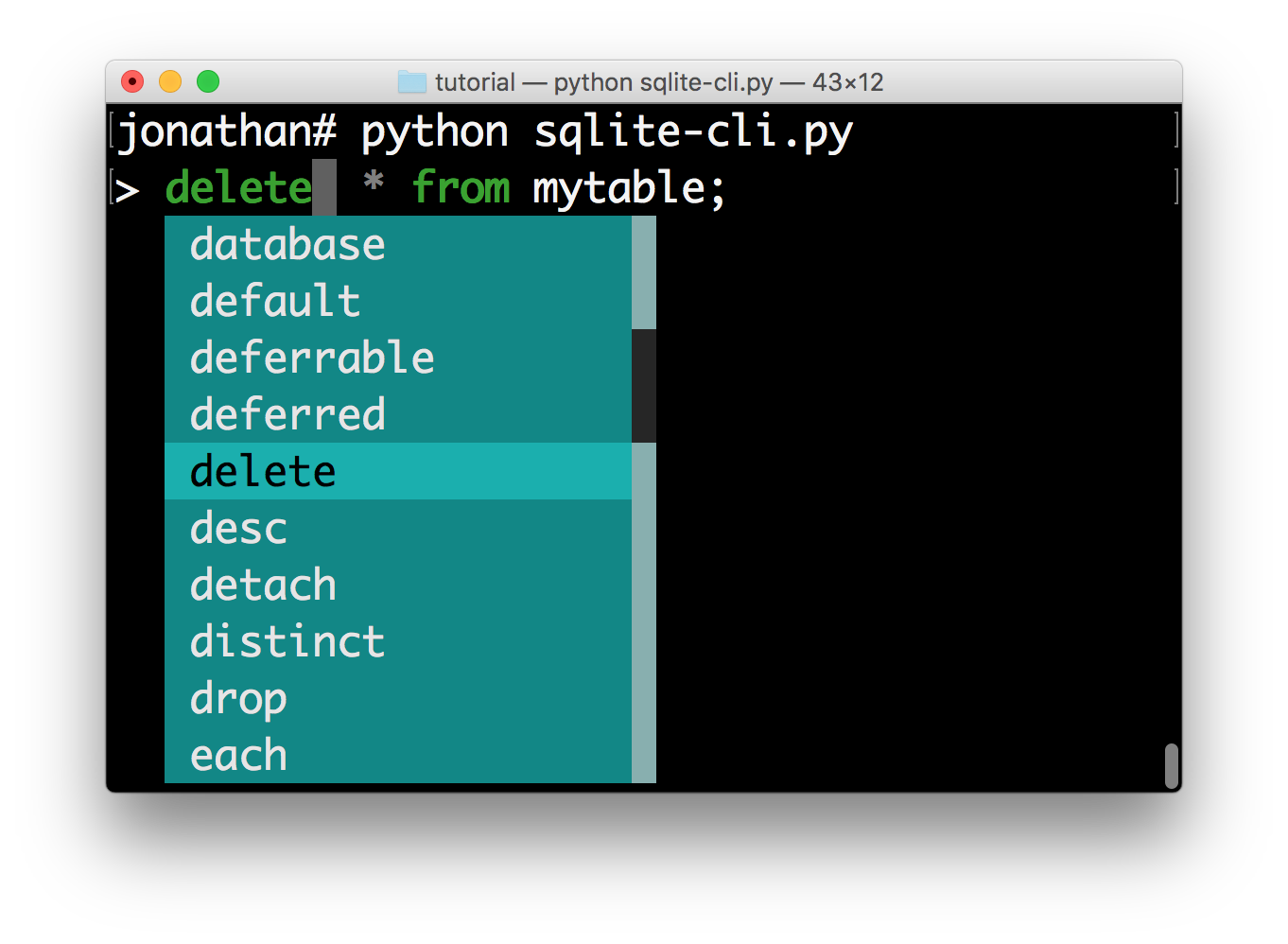
In this case, by deleting a significant amount of data from the database I now confronted a question all applications using SQLite face at some point: to VACUUM or not to VACUUM? What is VACUUM? As you might imagine, I was surprised to see the file size had not changed-but only for a moment.Īs is true so often in programming, closing one door tends to open two or more new doors. (Yeah, fixing this bug was long overdue.) After it deleted them I quickly checked the size of the file to see what kind of disk savings I’d just earned for myself. When I first ran the new garbage collector on my four year-old 2.7GB SQLite database, it detected a tremendous number of emails to remove-almost 50,000 messages. (If you’re interested in the problem and why Geary didn’t simply delete an email when it was not visible in a mail folder, the original ticket is a good place to start.) It was a classic problem of garbage collection and reference counting. The long and short of it is, prior to this commit, Geary never deleted emails from its internal SQLite database, even if they were deleted on the server. To be informed about new articles on I Programmer, sign up for our weekly newsletter, subscribe to the RSS feed and follow us on Twitter, Facebook or Linkedin.The week before Christmas I hunkered down and took on a nagging issue in Geary I’m almost embarrassed to discuss. LiteCLI - SQLite Client with Autocomplete
Sqlite vacuum portable#
Portable Version Of DB Browser For SQLite The developers have also fixed a bug in the query optimizer that caused an adverse interaction between the OR optimization and the optimization that tries to use values read directly from an expression index instead of recomputing the expression. Elsewhere, there are general improvements to the robustness of SQLite when it is reading and writing maliciously corrupted database files. This has a new control for setting an upper bound on the size of the in-memory database it creates and it now honors its own read-only flag, which until now was ignored. are to the command-line interface, mostly to support testing and debugging and to the Deserialize API. The other improvements to this release, SQLite 3.27. The advantage it offers is that the resulting backup database is as small as it can be. Vacuum Into provides an alternative to the backup API for generating backup copies of a live database. The new database will contain the same logical content as the original database, fully vacuumed. Using Vacuum with an Into clause means that the original database file is unchanged and a new database is created in the filename given by the argument to the Into clause. SQLite already had a Vacuum command that rebuilds the database file, repacking it into a minimal amount of disk space. The developers say SQLite is the most used database engine in the world, as it is built into all mobile phones and most computers and is often used by other applications. The entire SQL database with multiple tables, indexes, triggers, and views, is contained in a single disk file.


SQLite is an in-process library that implements a self-contained, serverless, transactional SQL database engine.

The team at SQLite has added a Vacuum Into command that lets you back up a database atomically so that the backup is as small as possible and contains no forensic traces of deleted content.


 0 kommentar(er)
0 kommentar(er)
